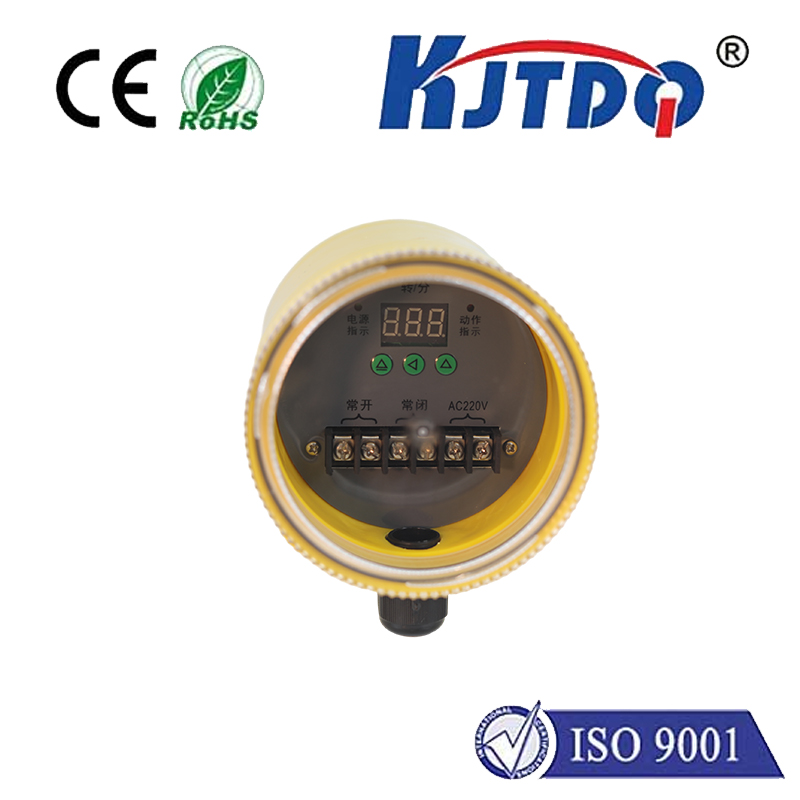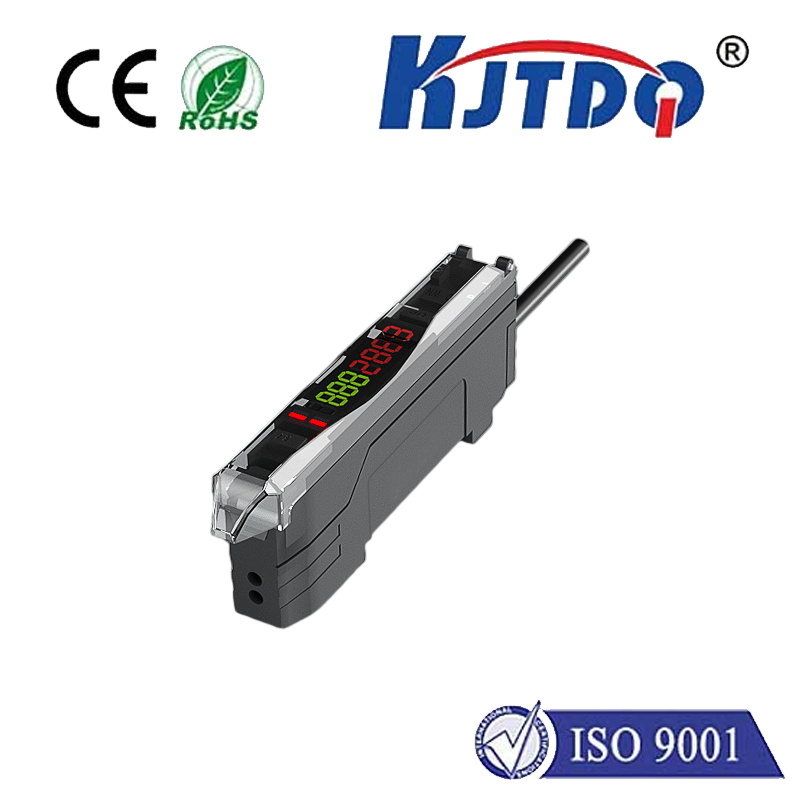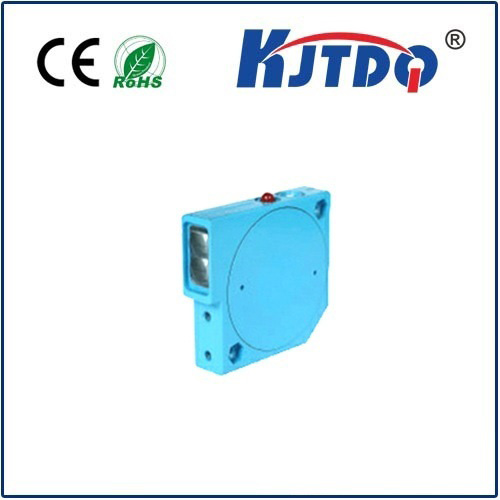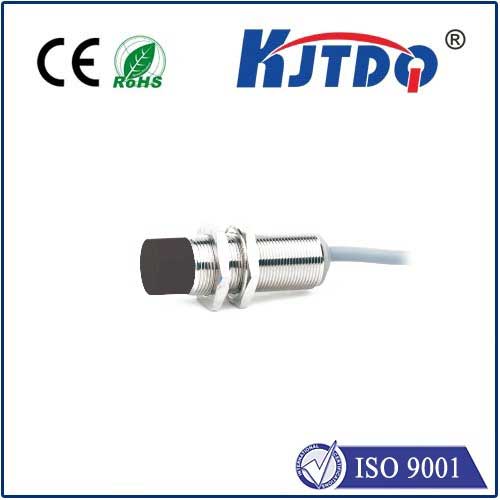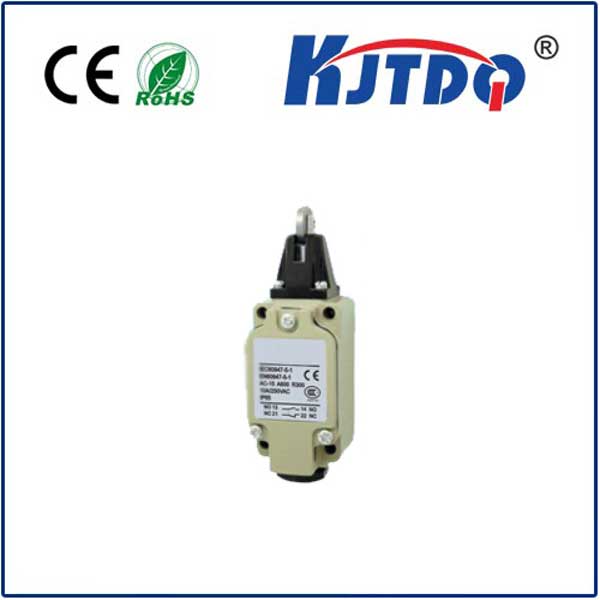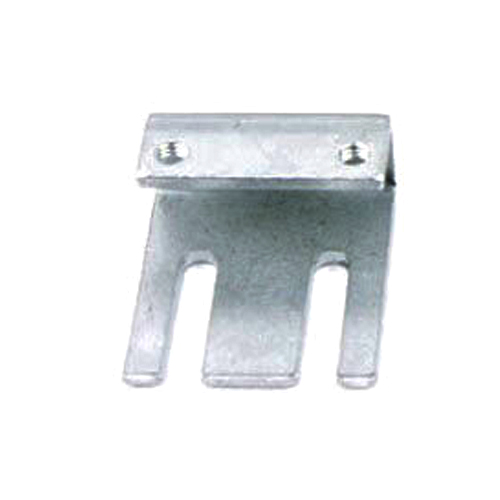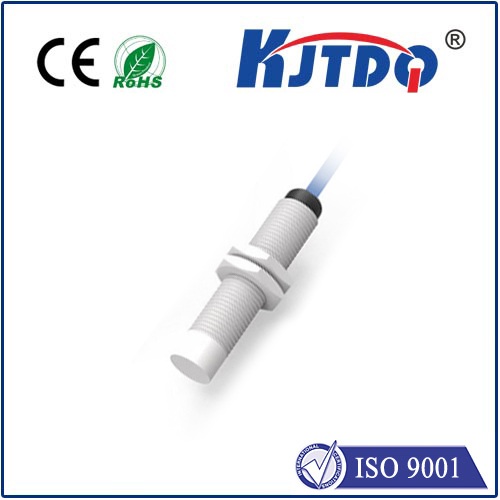optical electric field sensor
- time:2025-08-14 16:57:06
- Нажмите:0
Harnessing Light: The Power and Precision of Optical Electric Field Sensors
For decades, accurately measuring electric fields, especially potent or rapidly fluctuating ones, presented significant challenges. Traditional conductive probes often interfered with the very phenomenon they sought to measure, suffered from limited bandwidth, susceptibility to electromagnetic interference (EMI), and posed safety risks at high voltages. Enter optical electric field sensors (OEFS) – a revolutionary class of instruments leveraging light’s unique properties to overcome these limitations and unlock unprecedented measurement capabilities.
Illuminating the Core Principle: Light as the Messenger
Unlike their metallic counterparts, optical electric field sensors fundamentally rely on the interaction between an external electric field and a beam of light. The key concept lies in modulating specific properties of light – its intensity, phase, polarization, or frequency – based on the strength and direction of the encountered electric field. This modulation occurs within a specialized optical sensing element, often made from materials exhibiting electro-optic effects.
Diving into the Mechanisms: Pockels and Kerr Take Center Stage

Two primary physical effects form the bedrock of most practical OEFS technology:
- The Pockels Effect: This linear electro-optic effect occurs in certain non-centrosymmetric crystals (like Lithium Niobate - LiNbO₃, Barium Titanate - BaTiO₃, or Gallium Arsenide - GaAs). When an external electric field is applied across such a crystal, it induces a change in the crystal’s refractive index that is directly proportional to the electric field strength. This refractive index change alters the phase velocity of light propagating through the crystal. Crucially, by placing the crystal within an interferometer (like a Mach-Zehnder or Fabry-Perot) or by analyzing changes in the polarization state of the outgoing light, this phase shift can be precisely converted into an electrical signal representing the measured field. Pockels effect sensors are renowned for their high sensitivity and wide bandwidth, making them ideal for capturing fast transients.
- The Kerr Effect: Present in all materials (though significantly stronger in liquids and specific solids like nitrobenzene or specific glasses), the Kerr effect is a quadratic electro-optic effect. The induced change in refractive index is proportional to the square of the applied electric field. While generally less sensitive than the Pockels effect for DC or low-frequency fields, Kerr effect sensors are particularly valuable for measuring very high-intensity, pulsed electric fields (e.g., in high-power microwave applications or lightning research) because they often don’t require electrodes in direct contact with the field region.
Why Choose Light? Compelling Advantages Unveiled
The shift from conductive probes to optical interrogation delivers a suite of powerful advantages essential for modern applications:
- Intrinsic Non-Invasiveness & Minimal Perturbation: Since the sensing element relies on light interaction, not conductive coupling, optical sensors cause negligible distortion to the electric field they are measuring. This is critical in sensitive research environments or when characterizing fields in complex systems.
- Immunity to Electromagnetic Interference (EMI): Optical fibers and signals are inherently immune to EMI. This allows precise measurements in electrically noisy environments (e.g., near power lines, inside motors, within medical imaging devices) where traditional sensors would be overwhelmed.
- Wide Bandwidth Capability: Free from the capacitive loading and inductance limitations of metallic probes, optical sensors, particularly those based on the Pockels effect, excel at capturing ultra-fast electric field transients, operating comfortably into the GHz and even THz range.
- High Voltage Isolation & Enhanced Safety: Using dielectric optical fibers for signal transmission provides excellent galvanic isolation. Operators and sensitive readout electronics remain safely isolated from potentially lethal high-voltage points. This enables safer measurements in power transmission and distribution systems.
- Compact Size & Integration Potential: Sensing elements can be very small and integrated directly onto optical fiber tips or fabricated as tiny, standalone chips. This facilitates measurements in confined spaces and enables novel deployment strategies like embedding sensors within composite materials.
- Multi-Point Sensing & Distributed Measurements: Fiber optic technology allows for multiplexing multiple sensor heads on a single fiber line, enabling simultaneous measurements at different locations. Advanced techniques also allow for truly distributed electric field sensing along the fiber length itself.
Where Light Meets Application: Illuminating Diverse Fields
The unique capabilities of optical electric field sensors drive their adoption across numerous critical sectors:
- High-Voltage Power Systems: Real-time monitoring of voltage, phase, and transient overvoltages on transmission lines, within substations, and on critical equipment like transformers and switchgear. Essential for smart grid stability, fault detection/prevention, and condition-based maintenance.
- Aerospace & Aviation: Monitoring electric fields around aircraft (e.g., lightning strike detection and characterization, static charge monitoring) and spacecraft (plasma interactions).
- Electromagnetic Compatibility (EMC) Testing: Precisely characterizing radiated emissions from electronic devices and mapping electromagnetic field distributions inside equipment and facilities without intrusion.
- Medical Technology & Diagnostics: Sensing bioelectric fields non-invasively, monitoring fields during procedures like electroconvulsive therapy, and potentially enabling novel diagnostic tools.
- Scientific Research: Plasma diagnostics in fusion research, studying atmospheric electricity (lightning physics), ultrafast phenomena in materials science, and particle accelerator operations.
- Telecommunications: Characterizing high-frequency fields around antennas and within microwave circuits.
Navigating Challenges and the Path Forward
Despite their significant advantages, optical electric field sensors are not without challenges. Achieving high sensitivity, especially for weak DC fields, can be demanding. Sensor design, calibration (which can be complex due to dependencies on temperature and crystal orientation), and packaging for rugged environments require careful engineering. Cost can also be higher than basic conductive probes, though the total value proposition often justifies the investment for critical applications.
Research continues to push the boundaries. Advancements focus on:
- New Electro-Optic Materials: Exploring novel materials (including polymers and engineered metamaterials) offering higher sensitivity, broader bandwidth, and better temperature stability.
- Integrated Photonic Chips: Fabricating entire sensor systems, including light sources, mod

